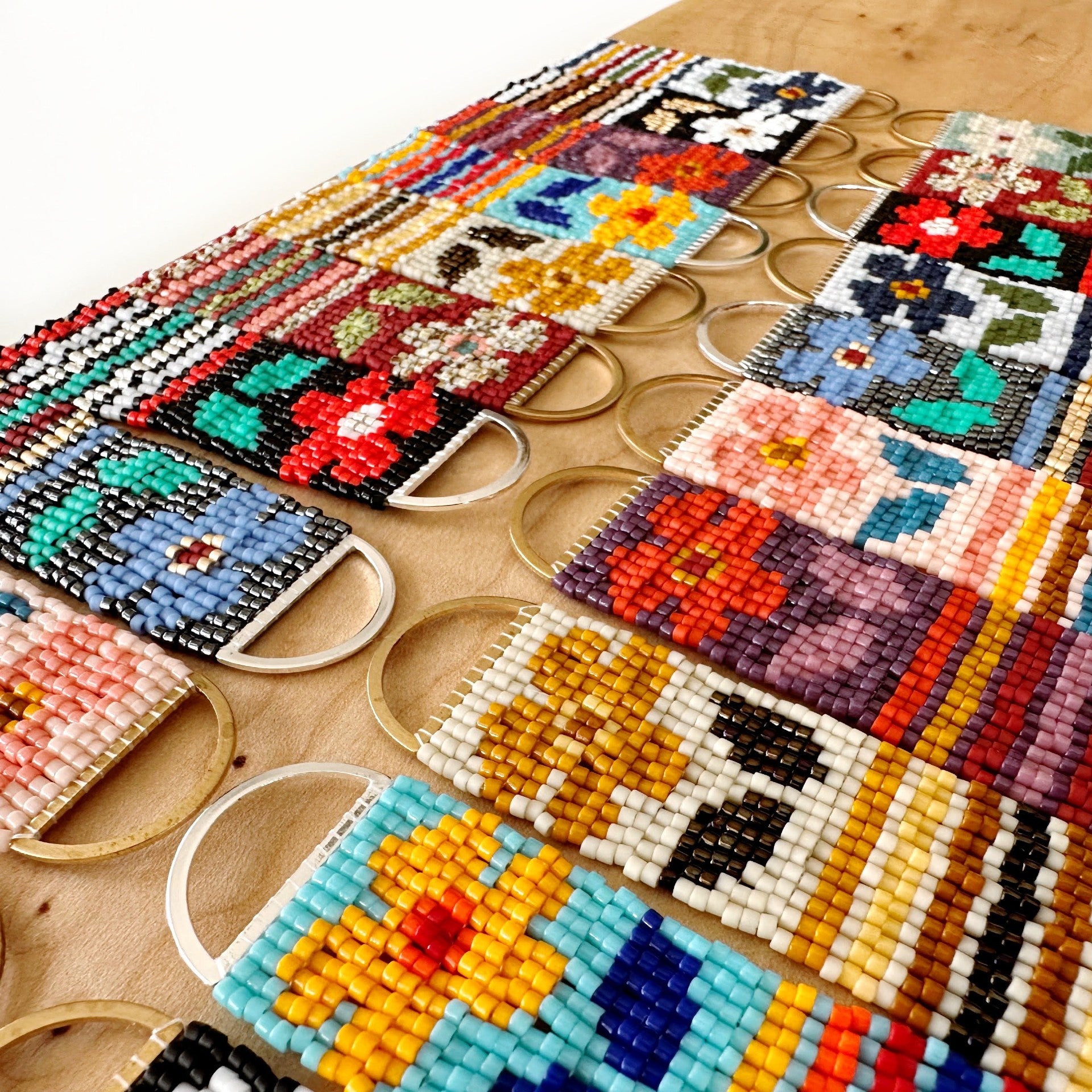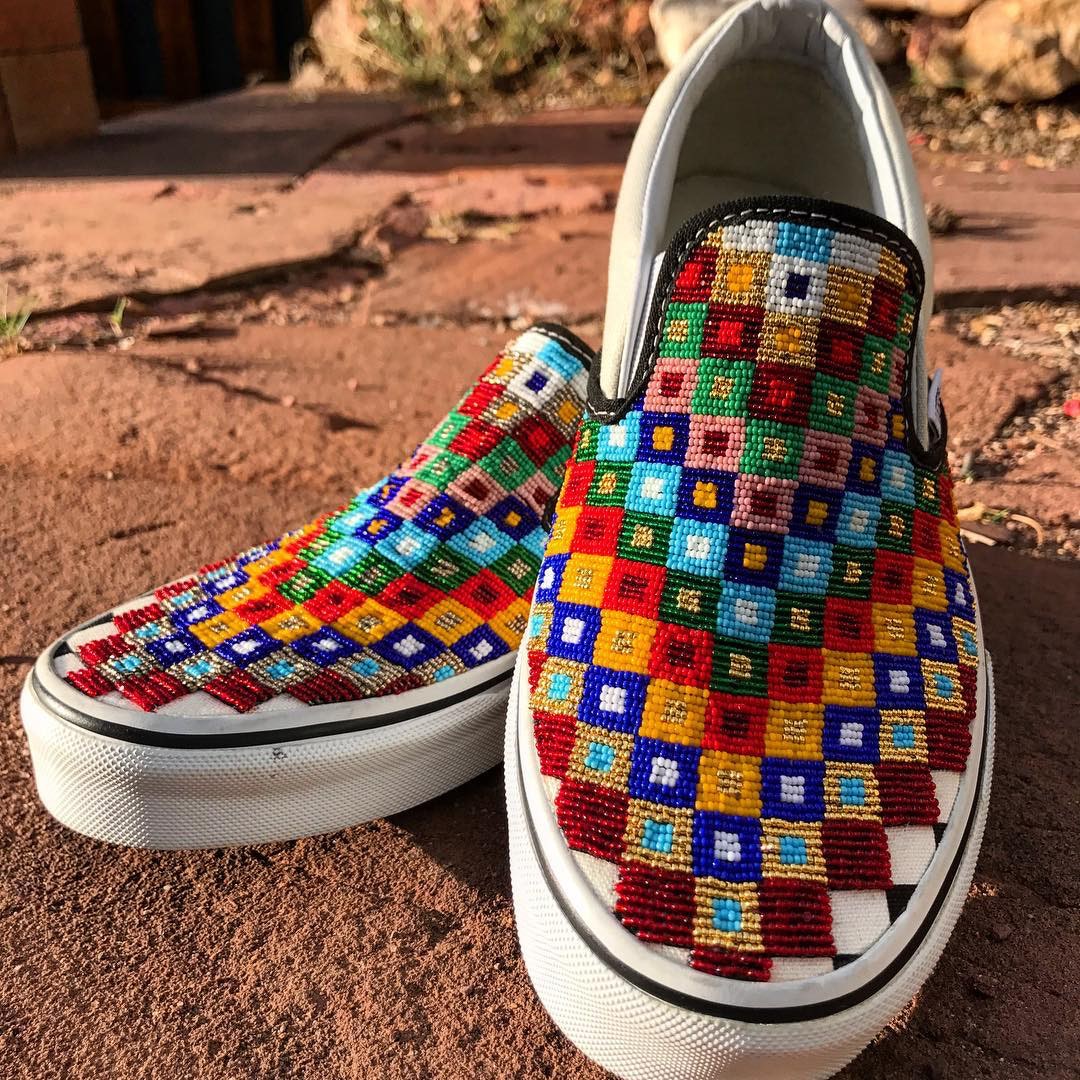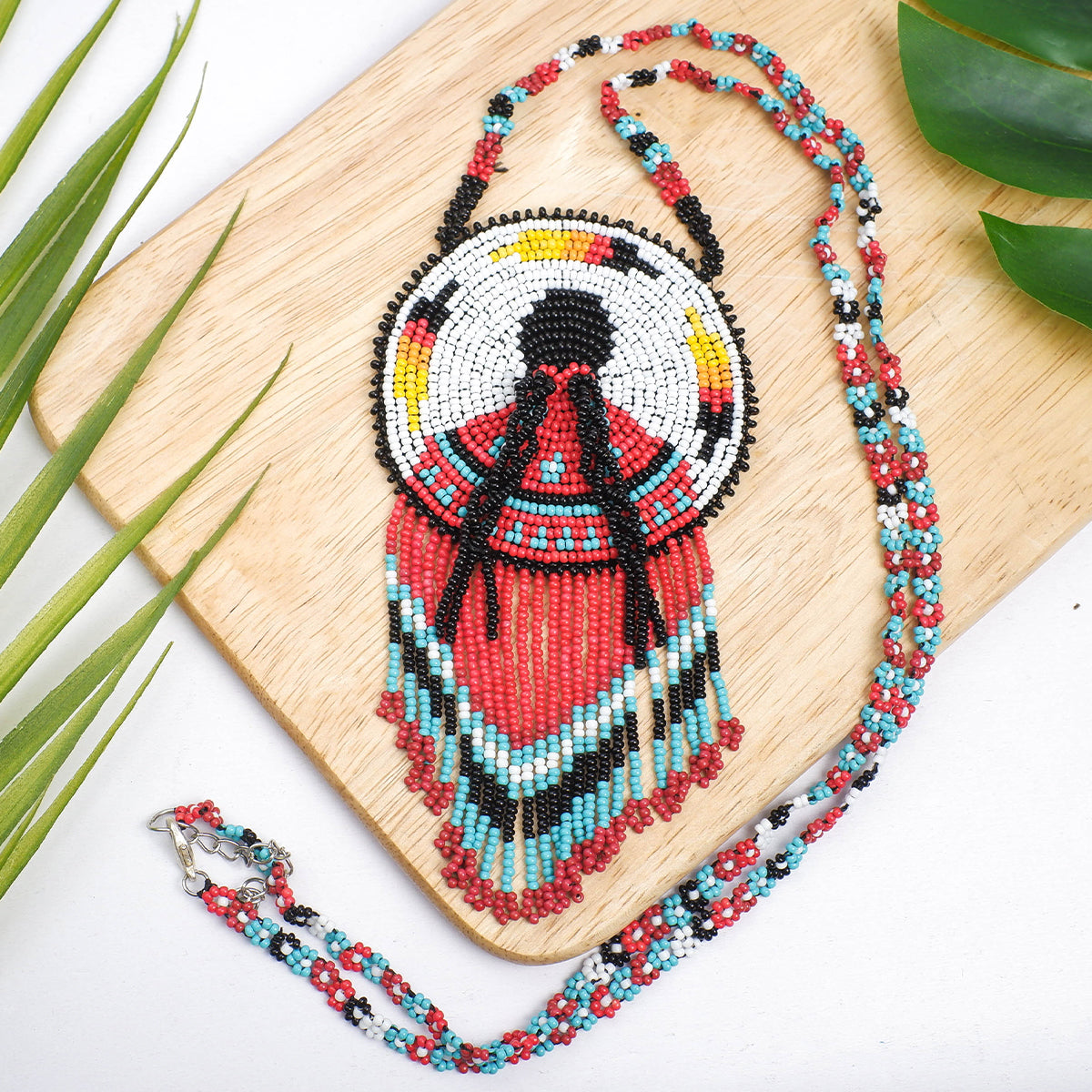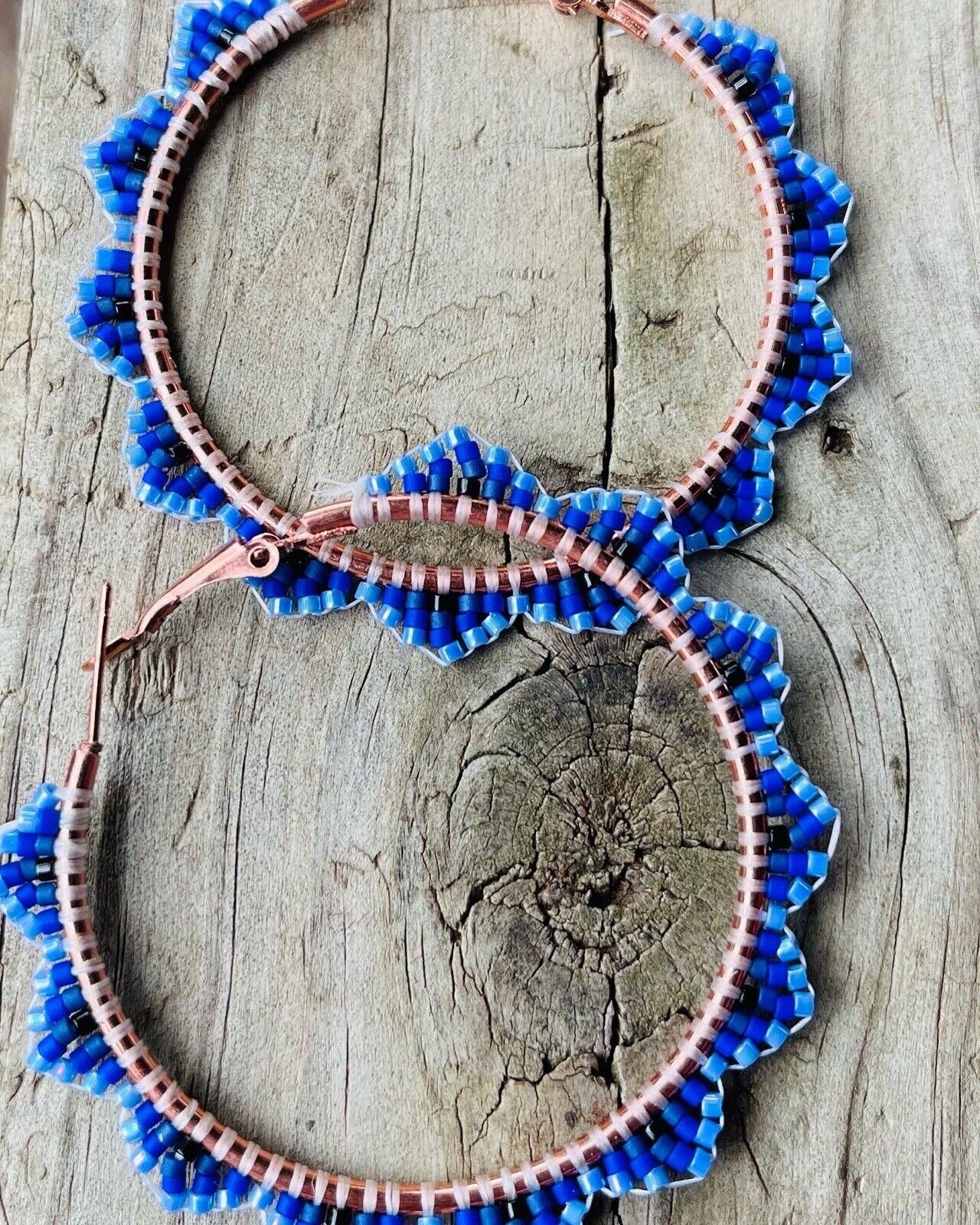Native beading is a profound expression of cultural heritage, artistry, and storytelling among Indigenous peoples across North America. This intricate craft involves weaving tiny beads into elaborate patterns, adorning clothing, accessories, and ceremonial items. Consequently, native beading serves both aesthetic and symbolic purposes, reflecting the unique identities and histories of various tribes. Therefore, understanding the significance, techniques, materials, and contemporary expressions of native beading provides valuable insight into this enduring art form. By delving into these aspects, you can appreciate the richness and diversity of native beading and its continued relevance today.
Significance of Native Beading
The significance of native beading extends beyond mere decoration; it embodies cultural identity, tradition, and meaning. Examining its importance underscores the depth and richness of this art form. Therefore, exploring the significance of native beading is essential for a comprehensive understanding.

Cultural Identity
Native beading plays a crucial role in expressing and preserving cultural identity among Indigenous communities. Each tribe has its distinctive styles, patterns, and techniques, passed down through generations as a form of cultural heritage. Beadwork often symbolizes tribal affiliations, social status, and personal achievements, serving as visual representations of individual and collective identities. Furthermore, beaded items are integral to rituals, ceremonies, and traditional attire, reinforcing cultural continuity and communal bonds. Therefore, the cultural identity encapsulated in native beading highlights its profound significance.
Symbolism and Storytelling
Beadwork serves as a medium for storytelling and conveying symbolic meanings. Many patterns and designs in native beading hold specific meanings, representing natural elements, spiritual beliefs, and historical events. For instance, certain colors and motifs may signify clan affiliations, spiritual protection, or important life milestones. By incorporating these symbols into their beadwork, artisans create tangible narratives that communicate their cultural knowledge and values. The intricate patterns become visual stories, preserving memories and traditions for future generations. Therefore, the symbolism and storytelling in native beading enrich its cultural significance.
Techniques and Methods
Mastering native beading involves various techniques and methods, each requiring skill, precision, and creativity. Understanding these techniques highlights the complexity and artistry of the craft. Therefore, exploring the techniques and methods of native beading is crucial for appreciating its craftsmanship.
Loom Beading
Loom beading is a popular technique used to create intricate and uniform bead patterns. This method involves stretching warp threads across a loom and weaving beads between them using a needle and thread. The beads are placed in rows, creating detailed designs that can range from geometric patterns to pictorial representations. Loom beading allows for the creation of large, flat pieces, making it ideal for items like belts, sashes, and tapestries. The precision required for loom beading demonstrates the skill and patience of the artisan. Therefore, loom beading is a fundamental technique in native beading.

Appliqué Beading
Appliqué beading is another widely used technique, involving stitching beads directly onto fabric or leather in intricate designs. This method allows for a more freeform approach compared to loom beading, enabling artisans to create complex and multidimensional patterns. Appliqué beading is often used to embellish clothing, moccasins, bags, and other accessories, adding texture and color to the items. The beads can be sewn individually or in clusters, and the designs may incorporate floral motifs, animal representations, or abstract patterns. Therefore, appliqué beading showcases the creative versatility of native bead artisans.
Materials Used
The materials used in native beading are integral to the craft, contributing to its beauty and uniqueness. Recognizing these materials enhances the appreciation of the artistry involved. Therefore, exploring the materials used in native beading is essential for understanding the craft.
Beads
Beads are the primary material in native beading, and their selection significantly impacts the final artwork. Traditionally, Indigenous artisans used natural materials such as stones, shells, bones, and seeds to create beads. With the introduction of European glass beads in the 16th century, the variety of available colors and sizes expanded, allowing for more intricate designs. Today, glass seed beads remain popular, alongside other materials like metal, plastic, and even precious gemstones. The choice of beads reflects the creator’s intent, cultural traditions, and aesthetic preferences. Therefore, beads are a crucial element in native beading.
Threads and Fabrics
The threads and fabrics used in native beading determine the structural integrity and durability of the beadwork. Traditionally, sinew or plant fibers were used as threading materials, providing strength and flexibility. Modern beadworkers often use synthetic threads, such as nylon or polyester, for their durability and ease of use. The base fabric can vary, including leather, cloth, and felt, depending on the intended use of the beadwork. The compatibility of the thread and fabric with the beads is essential for achieving a cohesive and robust final piece. Therefore, threads and fabrics are fundamental components in native beading.

Contemporary Expressions
Native beading continues to evolve, embracing contemporary expressions while honoring traditional techniques and aesthetics. Understanding this evolution highlights the adaptability and enduring relevance of the craft. Therefore, exploring contemporary expressions of native beading is crucial for appreciating its modern context.
Modern Adaptations
Contemporary native bead artists are exploring new themes, techniques, and materials, resulting in innovative adaptations of traditional beadwork. Some artists incorporate modern motifs and abstract designs, blending cultural heritage with contemporary influences. Others experiment with unconventional materials, such as recycled items or mixed media, to create unique pieces. The use of digital tools and social media platforms has also expanded the reach and impact of native beadwork, allowing artists to showcase their creations to a global audience. These modern adaptations demonstrate the dynamic nature of native beading and its relevance in today’s artistic landscape. Therefore, modern adaptations reflect the evolving expressions of native beading.
Cultural Empowerment and Advocacy
Native beading also serves as a powerful tool for cultural empowerment and advocacy. Many Indigenous artists use their beadwork to raise awareness about social, environmental, and political issues affecting their communities. By incorporating relevant symbols or messages into their designs, they can convey powerful narratives and inspire change. Additionally, the resurgence of interest in traditional crafts, including beading, has led to initiatives that support cultural education and preservation. Workshops, exhibitions, and collaborations with museums and cultural institutions help ensure that the knowledge and skills of native beading are passed down to future generations. Therefore, cultural empowerment and advocacy are significant contemporary expressions of native beading.

Learning and Preserving Native Beading
Efforts to learn and preserve native beading are essential for maintaining its cultural heritage and artistic integrity. Understanding these efforts highlights the importance of sustaining the craft for future generations. Therefore, exploring learning and preserving native beading is crucial for cultural continuity.
Educational Programs and Workshops
Educational programs and workshops play a vital role in teaching native beading techniques and preserving the craft. Many tribal communities and cultural organizations offer classes and resources to educate both Indigenous and non-Indigenous learners about the history, symbolism, and methods of native beading. These programs provide hands-on learning experiences, allowing participants to develop their skills under the guidance of experienced beadworkers. By fostering an environment of cultural exchange and knowledge sharing, these educational initiatives help ensure the continuity of native beading traditions. Therefore, educational programs and workshops are essential for learning and preserving native beading.
Cultural Preservation Initiatives
Cultural preservation initiatives focus on documenting, safeguarding, and promoting the rich heritage of native beading. Museums, cultural centers, and academic institutions often collaborate with Indigenous communities to curate exhibitions, publish research, and develop digital archives that highlight the significance and diversity of beadwork. These initiatives aim to preserve not only the physical artifacts but also the stories, techniques, and cultural contexts associated with native beading. By supporting these efforts, communities can raise awareness about the importance of cultural preservation and foster a deeper appreciation for Indigenous arts. Therefore, cultural preservation initiatives are crucial for sustaining native beading traditions.
Common Misconceptions
Addressing common misconceptions about native beading helps provide accurate information and deepen appreciation for this art form. Dispelling these myths ensures a better understanding of the craft’s significance and complexity. Therefore, exploring common misconceptions is important for informed appreciation.
Misconception: Native Beading is a Hobby for Leisure
A common misconception is that native beading is merely a hobby for leisure. While many people enjoy beading as a recreational activity, for Indigenous communities, it holds profound cultural, spiritual, and social significance. Beadwork often involves rituals, storytelling, and expressions of identity, making it far more than a simple pastime. It represents a connection to heritage, community, and ancestors. Understanding the depth of native beading emphasizes its importance beyond leisure. Therefore, recognizing native beading as a meaningful practice ensures respectful appreciation.
Misconception: All Native Beadwork is the Same
Another misconception is that all native beadwork is the same. In reality, there is tremendous diversity in styles, techniques, and designs among different Indigenous tribes. Each group has its unique traditions, patterns, and color palettes that reflect its distinct cultural heritage. Beadwork from the Plains tribes, for example, differs markedly from that of the Northeastern Woodlands or the Southwestern tribes. Appreciating this diversity requires acknowledging the individuality and complexity of each tribe’s beadwork traditions. Therefore, understanding the variety in native beadwork ensures a nuanced appreciation of the craft.

Conclusion: Celebrating the Art of Native Beading
Native beading is a rich and multifaceted art form that encompasses cultural identity, symbolism, and storytelling. Understanding its significance highlights the profound connections between beadwork and Indigenous heritage.
Mastering techniques such as loom beading and appliqué beading showcases the intricate craftsmanship and creativity involved. The materials used, including beads, threads, and fabrics, contribute to the uniqueness and beauty of the final pieces.
Contemporary expressions of native beading demonstrate its adaptability and relevance in modern contexts, while efforts to learn and preserve the craft ensure its continuity for future generations.
Addressing common misconceptions about native beading provides accurate insights and fosters a deeper appreciation for its cultural and artistic importance. By embracing these aspects, you can celebrate the enduring legacy and vibrant creativity of native beading.
Therefore, immersing yourself in the art of native beading allows you to appreciate its historical depth, cultural significance, and artistic achievements. Let the beauty and complexity of native beadwork inspire and enrich your understanding of Indigenous art and heritage. Enjoy the journey into this captivating world of beadwork!
